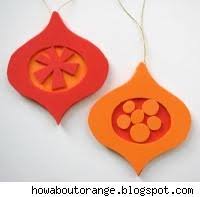I was reading this morning in a little book that I have titled
The Everything Book for Teachers of Young Children
and I found something fun to share.
Thinking Thanksgiving.
Tie Dyes
Make your own dyes using natural materials as Indians used to do.
For yellow use saffron, crocuses, daffodils or yellow onionskins.
For green use young grass, broccoli, or spinach.
For blue use blueberries.
For red use beets.
For brown use coffee, tea or walnut shells.
Place in an enamel pot and cover with water. Boil 5 minutes (longer to make colors darker). Strain through a colander. Cool. Cut or tear pieces of white cotton (from an old sheet or t-shirt). Have children dip cloth in colors.
I just thought that some of you might enjoy doing this as a project. This is wonderful to work in with colors. If you just did the red, yellow and blue, it could show the students what and how secondary colors are made.
In my speech class in high school a fellow student gave his demonstration speech on how to tie dye and I thought it was beautiful. This could make a really cool quilt-like display for our Art Show coming in the spring.










 After the glue dries, add a pair of screw eyes to the back of the frame as shown, and tie on a length of monofilament for hanging.
After the glue dries, add a pair of screw eyes to the back of the frame as shown, and tie on a length of monofilament for hanging.